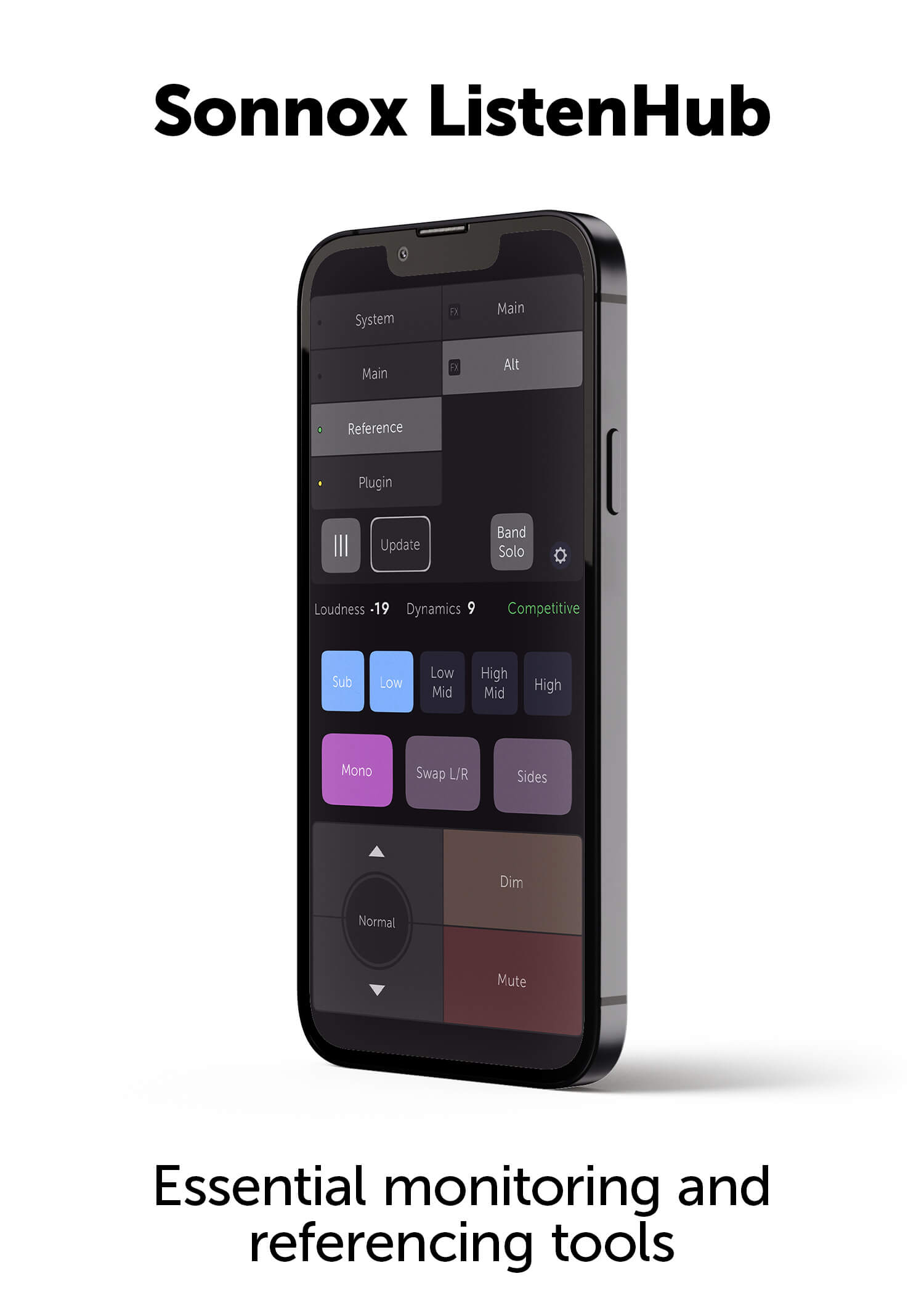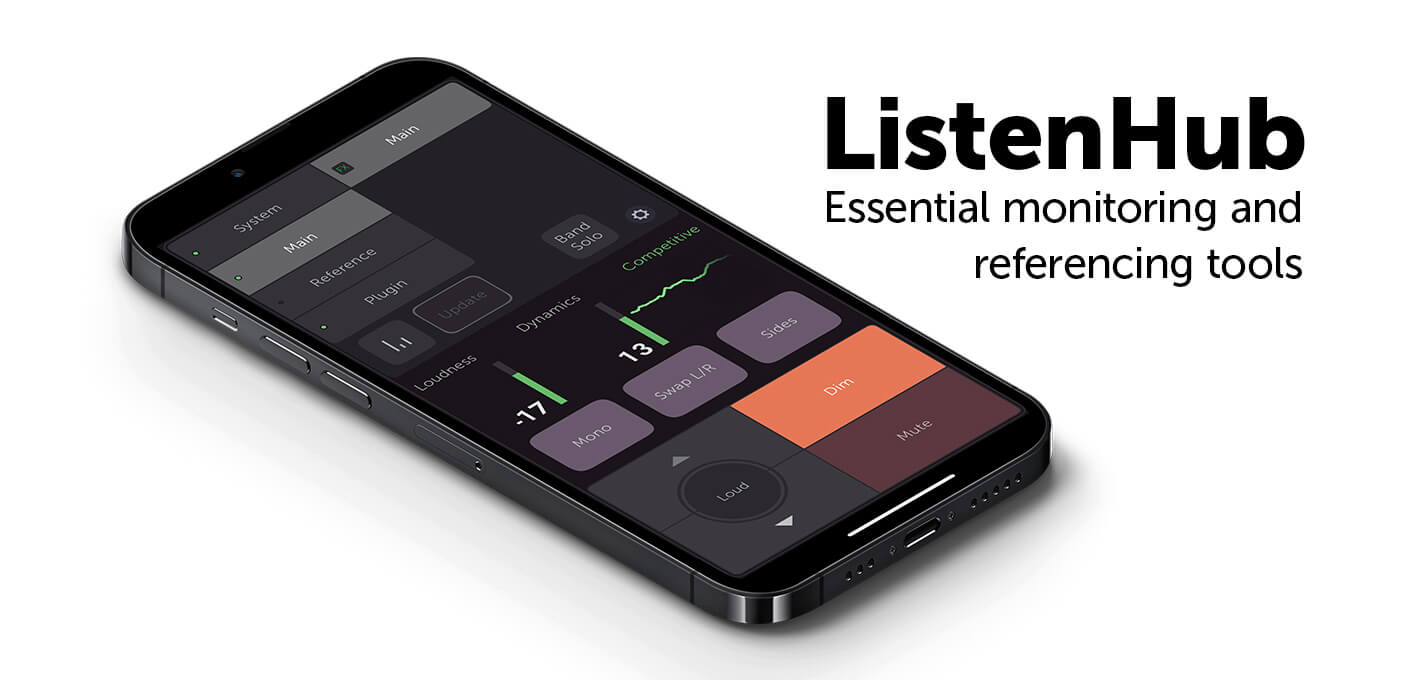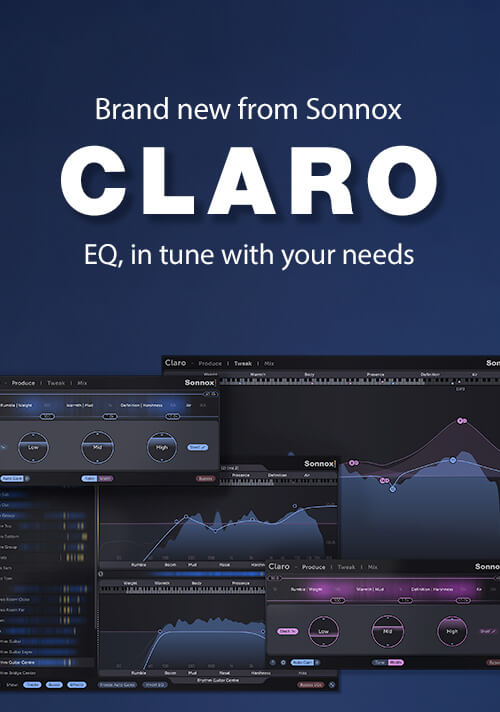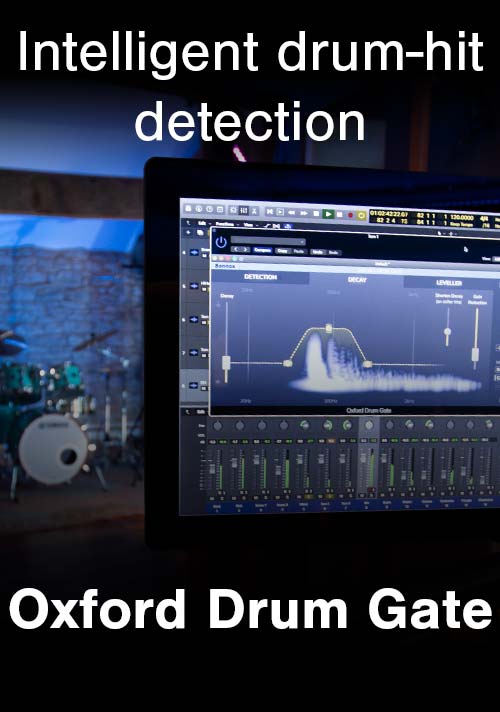James Baker
Mixing monitors on Cheryl Cole's A Million Lights Tour
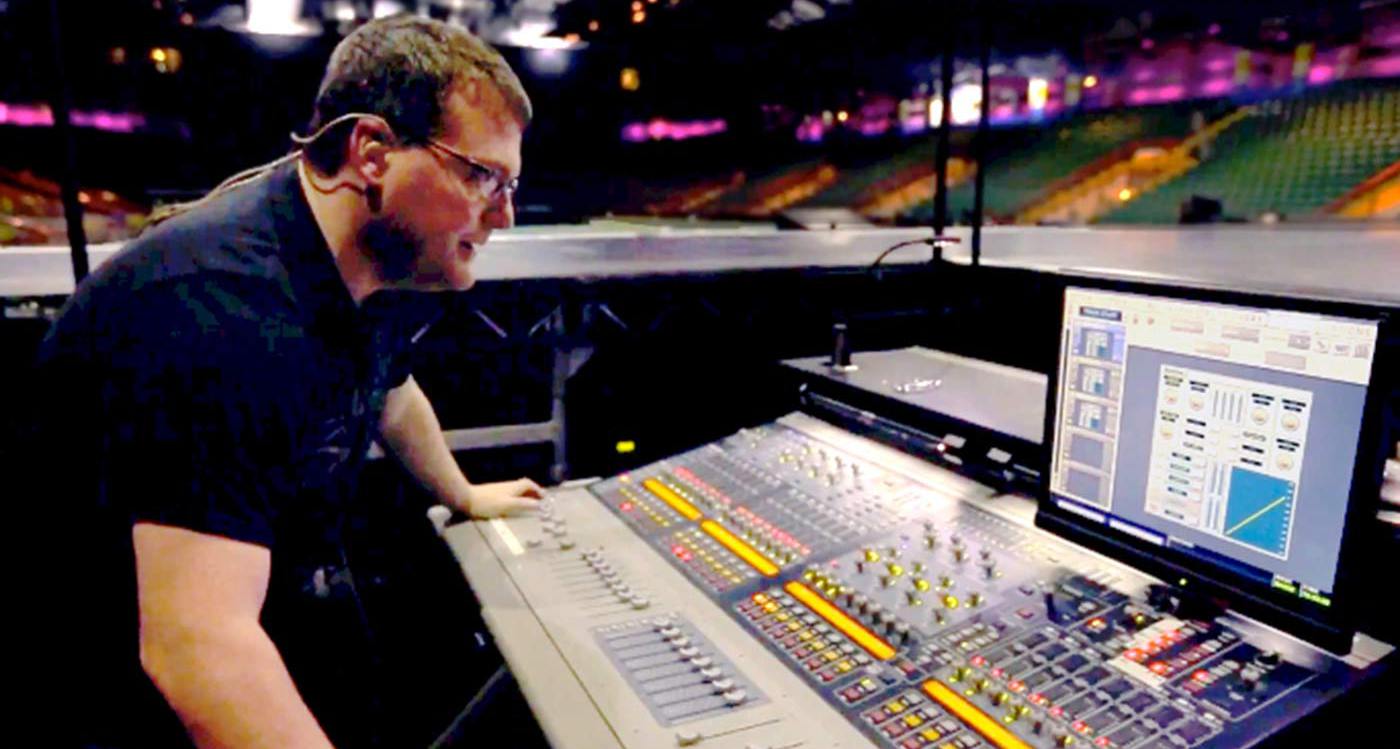
Whether he's working behind the console on world tours or behind the glass in the studio, freelance FOH/Monitor engineer James Baker is ready to embrace the latest technology. Relying on the power of plug-ins within Avid consoles, he has mixed for such artists as Hybrid, and Peter DiStefano of Porno for Pyros. Recently back from mixing monitors for hit-making British pop artist Cheryl Cole's A Million Lights Tour, James shares insights on his career and his extensive use of Sonnox Oxford plug-ins.
How did you get started in the biz?
I got in at a young age playing guitar. I knew I was never going to be an amazing guitarist - but I realized I knew how things should sound. So I left school at 16, started reading all the audio magazines, and purchased a lot of books about audio. Then I went to college in Huddersfield, England and studied Music Technology. From there, I started mixing in studios. Also, since I worked for a music shop, I purchased my own equipment. Actually, it wasn't until 1995 that I started mixing live and went on my first tour, with a metal band. At that point I felt live mixing was a lot more fun and I made that a career choice.
Do you do FOH, Monitors, or both?
I do both. Mostly monitors on large tours.
What is it about using Avid consoles live that sets them apart?
I use Avid consoles because of the sound quality, and the fact that they have such an analogue feel to the workflow. They're laid out like analogue desks, nothing is hidden in a menu. I also love the ease of integrating Pro Tools for recording, and especially the plug-ins.
Which Sonnox plug-ins did you turn to for your sound on the Cheryl Cole tour?
The Oxford Dynamics, EQ and Reverb. I use the EQ a lot because it sounds so smooth, and the feel is great. The Dynamics helped me control the levels and warm things up. The Oxford Reverb is the best I've heard and was the only one I used. On this tour I used four different individual Reverbs in my mix. One was an overall reverb mix for the onstage sidefills - for the dancers who weren't on in-ears. One was for Cheryl, and one each for the male and female background singers who were on in-ears.
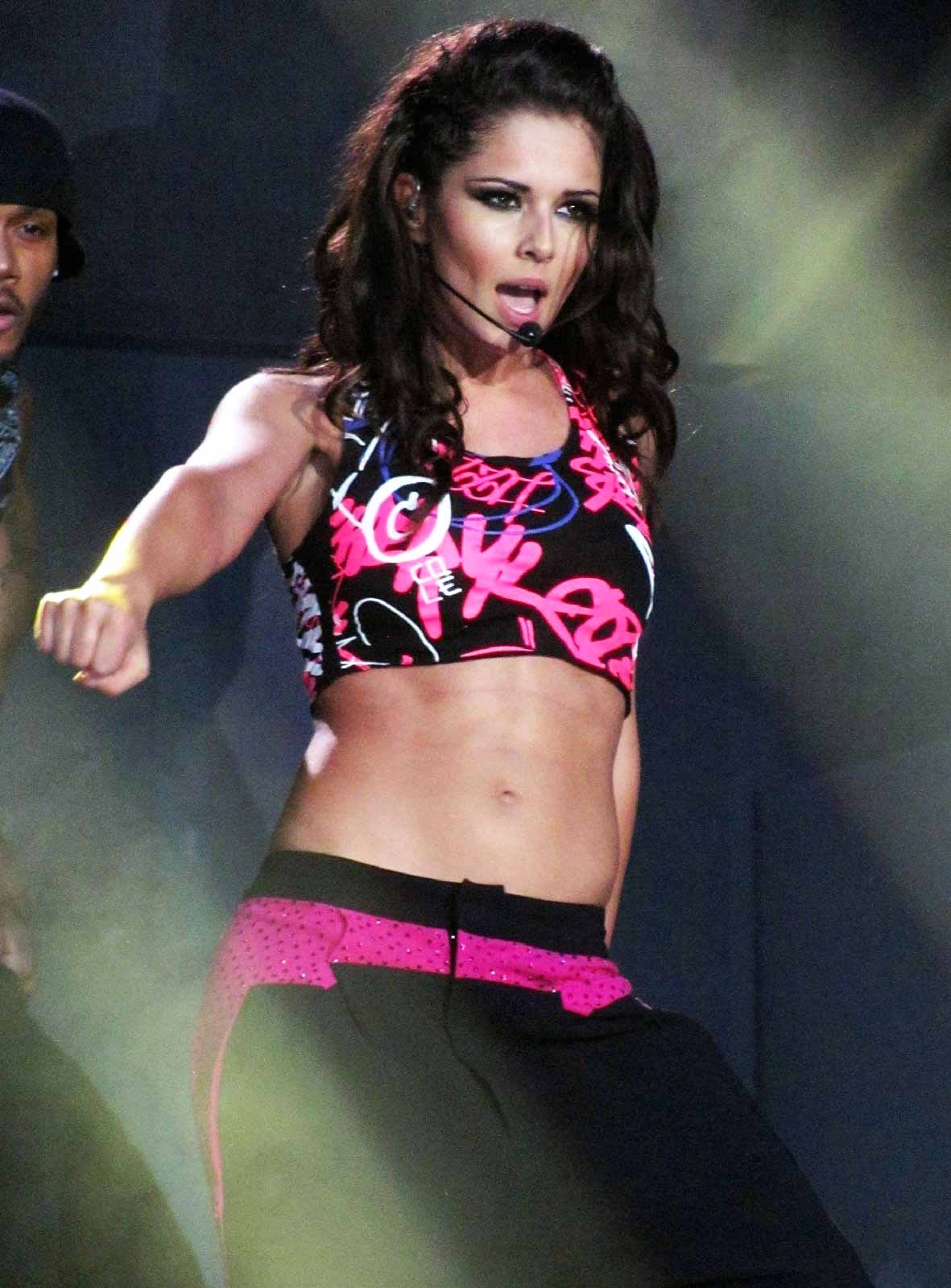
Cheryl likes a short reverb, or none at all for some songs. So I just turned the snapshots on and off in the console. For her, I used the Medium Room 3 preset, pulling down the early reflection size to its minimum. For the male backing singer, it was the Large Vocal setting. I adjusted the width slightly, with a short Early Reflection because he liked a slightly different sound than Cheryl. For the female backing singer it was Small Room 3, but for her, I actually increased the Reverb Time.
Another great feature of the Reverb is the built-in EQ, which is fantastic. I would fully shelf them all, as you don't hear anything below 80Hz on in- ears anyway. But I would also scoop a bit at 400 - 500 Hz, where the nasal sound is. I didn't have to add any top end, or high shelf for Cheryl, but I did for one of the backing singers. She was a younger girl with a lovely voice, but she sang quite softly - so the EQ within the reverb helped me bring her out a bit.
I took full advantage of the reverb time and the overall size function. I also used the early reflection section, where you're able to position it either front or back. That's such a great feature. I played a lot with the early reflections to help make the in-ears comfortable. I also adjusted the pre delay setting quite a bit, because that is so important to getting in-ear monitors to sound good.
How about the Dynamics?
I used the Oxford Dynamics plug on quite a lot of channels. For Cheryl, I used a mild compression. The Classic Setting, worked great for the backing singers, where there's just threshold and ratio - no need to worry about Attack and Release. For Cheryl's outputs, I used the Warmth feature, and put it up to about 20 percent, where it sounds just awesome. In addition to the singers, I used Dynamics on a lot of the backing tracks, since some were louder than others. For example, there's a lot of loops going on, so I engaged the Warmth function on those. I also used the Limiter (True Peak Limiter Plugin) on them, so it just grabbed anything that stepped out.
In your opinion, what makes the Oxfords so useful in a live situation?
They sound great. They are so real, and very musical and fluid. Also, they are to the point - they have just the right controls that I need and, they're easy to operate. In a live situation, you need to be fast - I don't have the time to be thinking about what I'm doing. These plugs-in are my 'go to rack of stuff', and should be in every sound engineers handbag.
Interview and editorial provided by Rich Tozzoli
